
Tongue Thrust is the most common orofacial myofunctional disorder. It is the practice of pushing the tongue forward too far for swallowing. This habit is common in kids as they stretch their tongues to consume milk and drinks while breastfeeding or bottle-feeding. Once the kids learn how to use their oral muscles properly, they break this habit. Generally, kids obviate tongue thrusting by the age of 6 or 7.
Some kids carry this habit for a prolonged period even after reaching adulthood. It is an improper tongue function and can trigger various dental problems, especially orthodontic issues.
What causes tongue thrust?
The prolonged use of baby bottles to feed your toddler is the main reason behind this problem. Besides this, various things and habits are also responsible for tongue thrusts. A few of them include:
- Sucking habits (Thumb sucking, Sucking fingers)
- Tongue-Tie
- Tonsillitis
- Adenoid Stones
- Nasal allergy
Pediatric dentists reveal that untreated bad oral habits and allergic conditions in childhood are the main reason behind tongue thrusting in adults. On the other hand, some people develop this tongue problem in adulthood due to external factors like stress.
What are the consequences of untreated tongue thrust?
Losing tongue thrust is a sign of oral development. In contrast, if a kid cannot avoid this habit, the practice itself is a sign of certain dental dilemmas and even problems in the nose, and ears.
Meanwhile, stretching the tongue too far pushes the teeth from the back and hence orthodontic problems occur. This in a long run, will lead to the following difficulties:
- Speech problems
- Mouth breathing
- Open bite
- Crooked teeth
- Difficulties in chewing
- Messy eating
- Tongue stretches out while speaking
- Hardships in pronouncing certain letters
- Elongation in facial shape
Kids and adults with tongue thrusting exhibit the same kind of abnormalities as we stated above. If you notice such atypical things, consult your dentist.
What are the tongue thrust treatments available?
General dentists and pediatric dentists evaluate the swallowing patterns to determine whether a person has tongue thrusts. If they found any problematic conditions in the throat, nose, or ear trigger this tongue problem, then dentists will seek help from related medical professionals for treatment plans.
An Orthodontic appliance called “Tongue Crib” and orofacial myology treatments are prescribed to treat tongue thrust problems.
- Orthodontic appliances – The tongue crib is inserted in the palate to correct open bites. However, it is not helpful for adults and hence they require other appliances. Mouthguards are also required to correct this problem in certain cases.
- Orofacial Myology Treatment – It tends to correct the placement of tongue, lips, and jaw. This is also helpful in addressing swallowing problems.
If issues like allergies, nasal problems, or others are responsible for the tongue’s forward movements, addressing them will tend to get rid of tongue thrust.
How to stop tongue thrust at home?
Besides the clinical therapies, you can do an exercise at home to break this habit. The steps involved in it are listed below:
- Place an orthodontic rubber band at the tip of your tongue.
- Bite the teeth together
- Keep the lips apart
- Press the tongue tip against the palate (roof of your mouth).
- Practice swallowing by keeping the teeth together and lips apart. It helps you to keep the tongue in its actual position while swallowing.
Bottom line
Tongue thrust happens due to the prolonged use of feeding bottles, and appliances like pacifiers in most cases. Luckily, this habit is easy to break with certain exercises and oral appliances. Meanwhile, few clinical therapies are pivotal to correcting its aftereffects.
All you should do is, consult your dentist once your kid shows abnormal swallowing patterns.

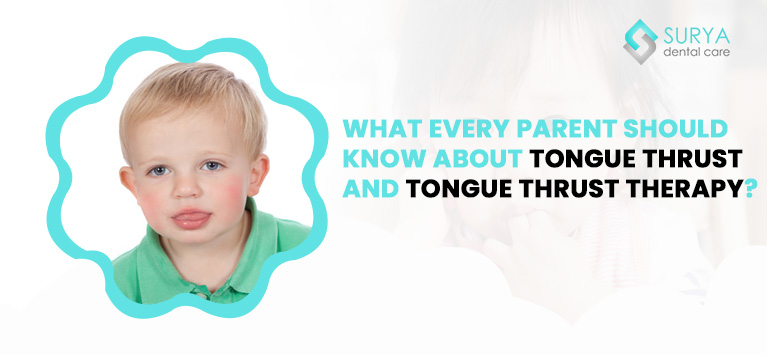





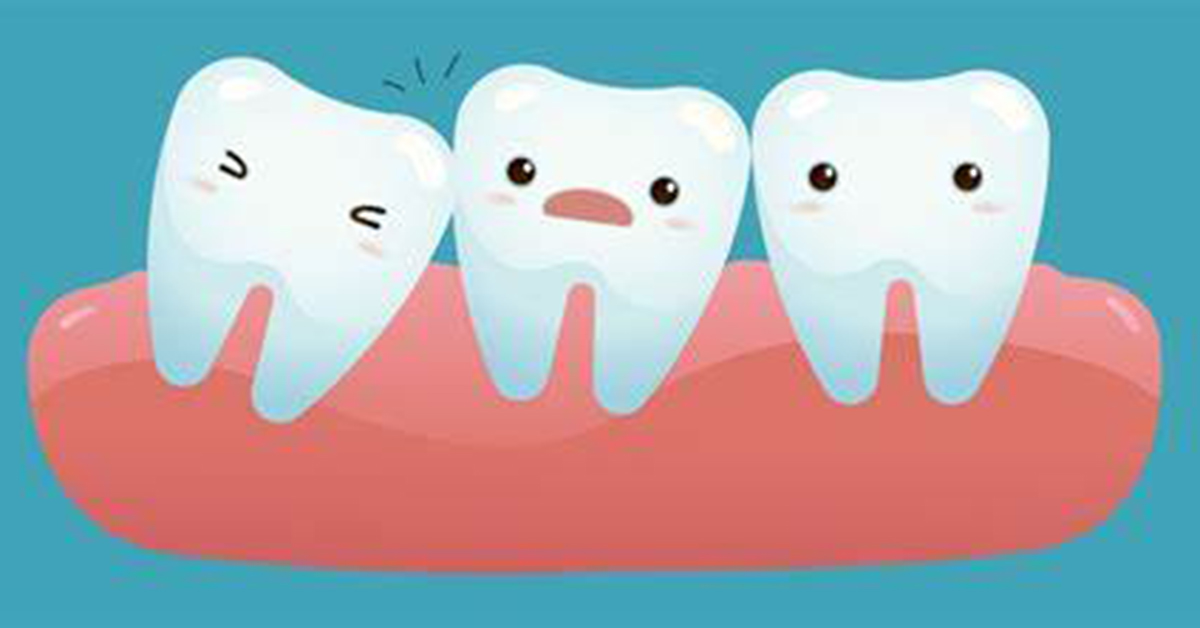
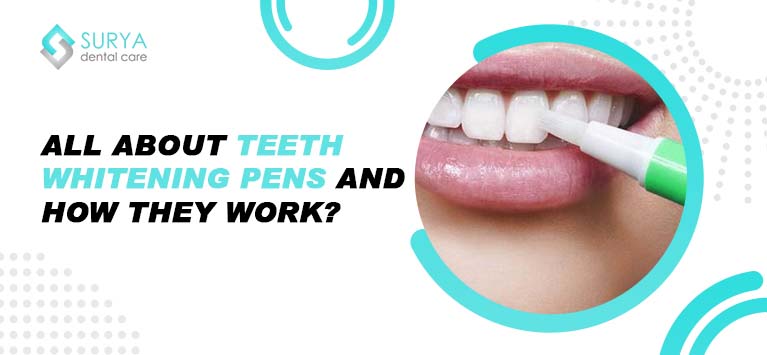
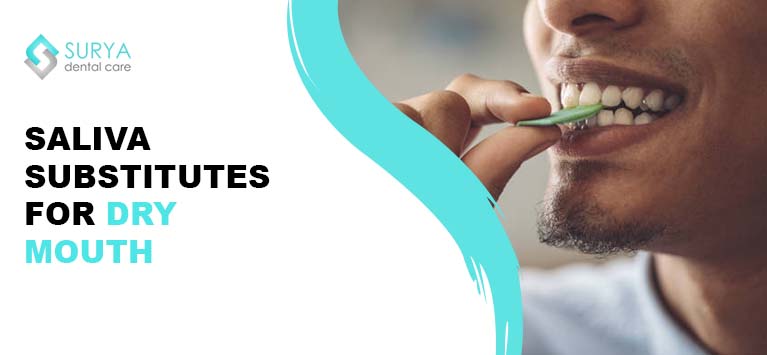
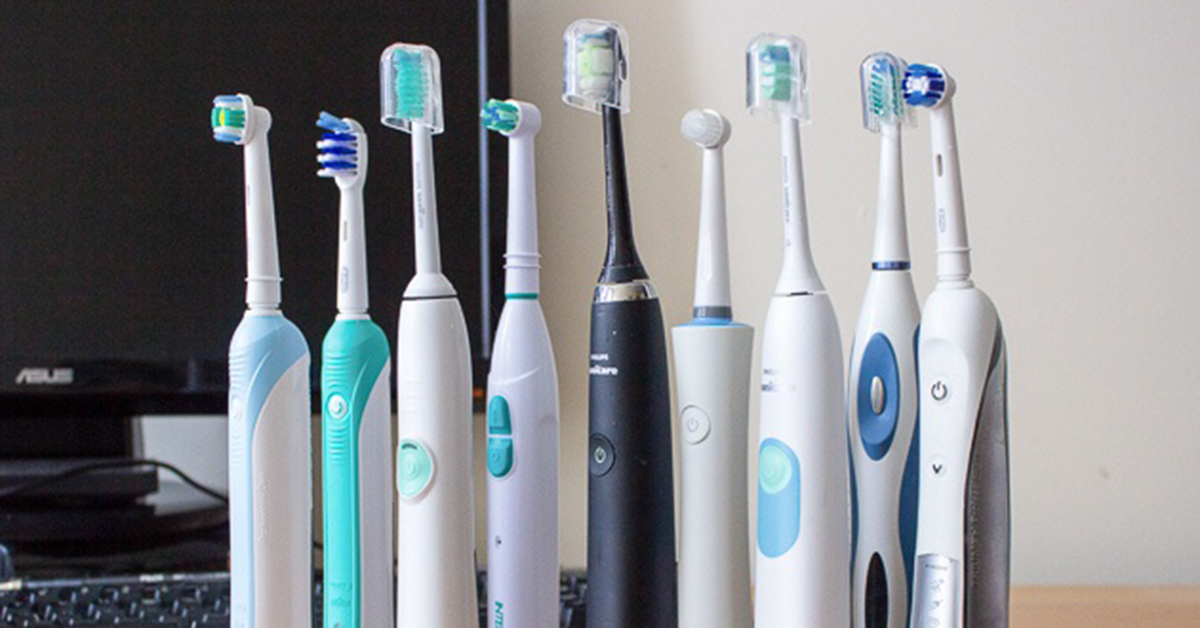
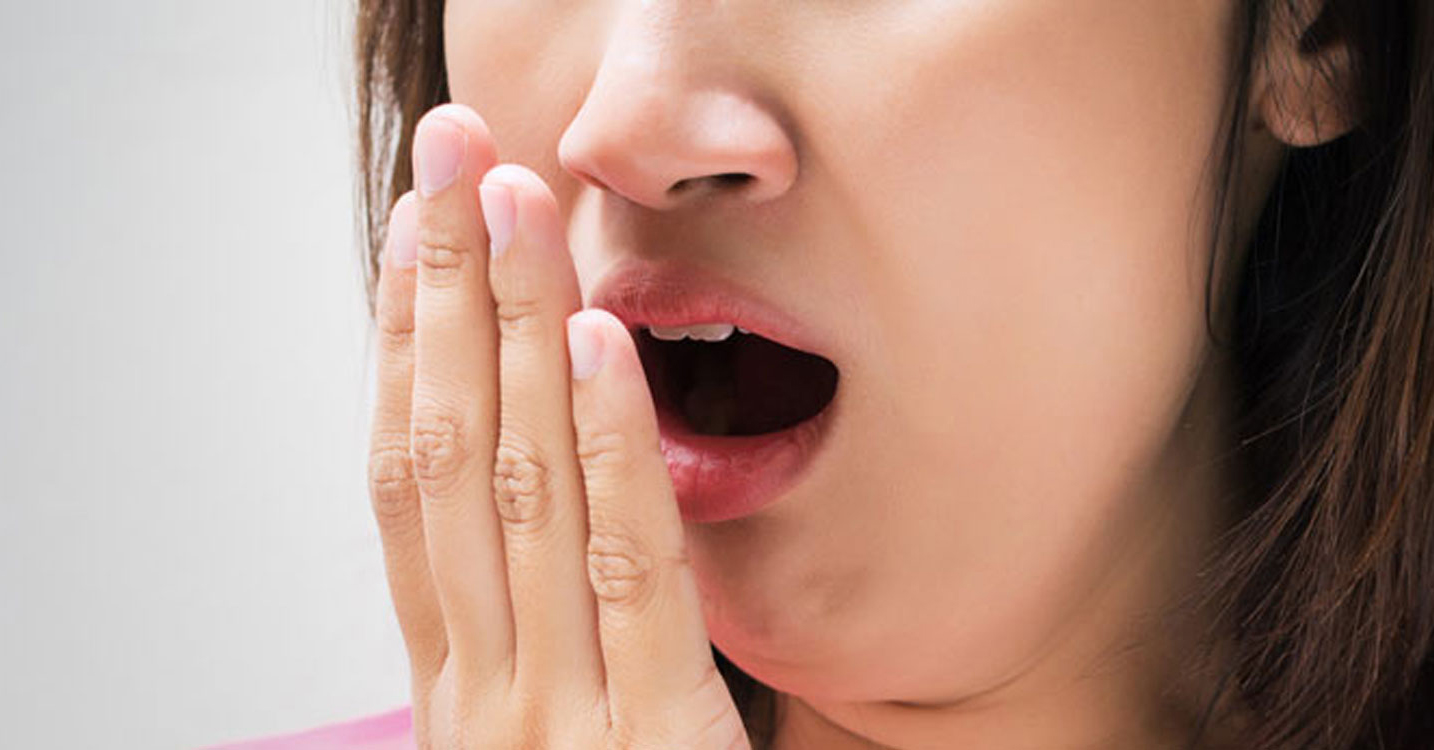


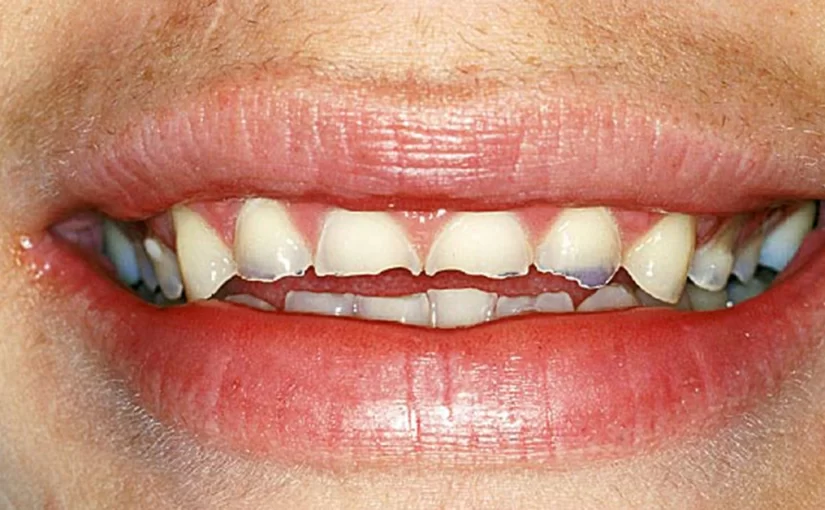
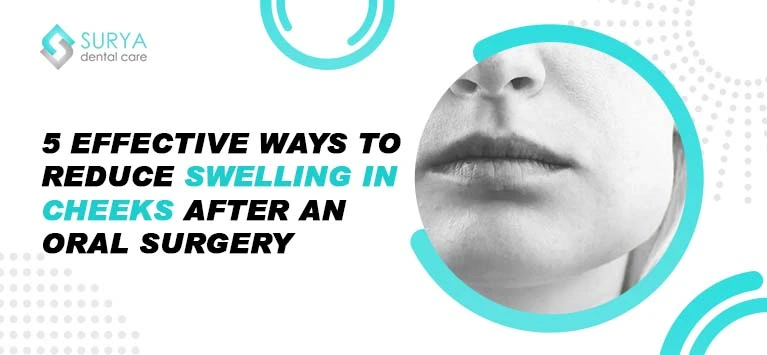







Leave a Comment